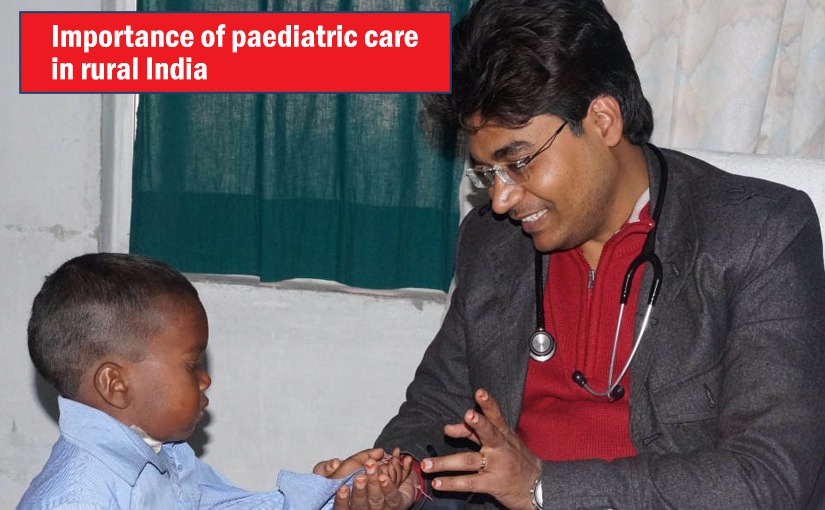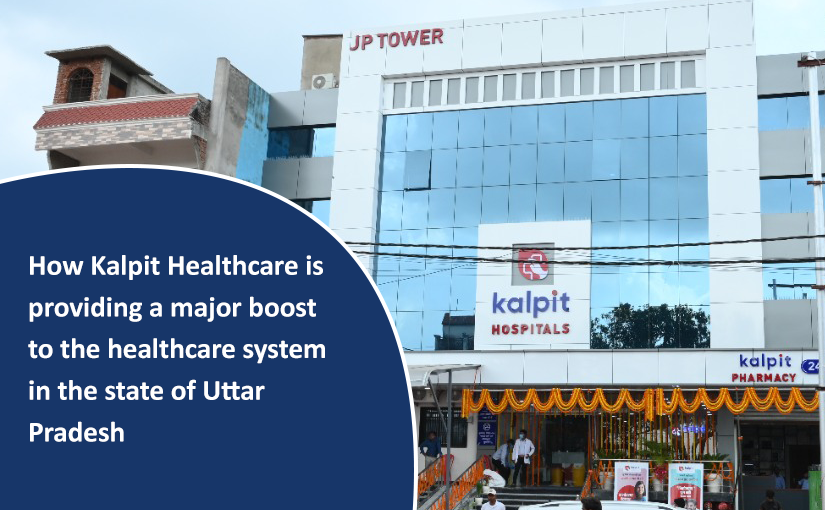A large population of India resides in the village. But even after over 70 years of independence, the condition of rural people is deplorable. They lack proper health care facilities, hygienic conditions, education, communication, and many more. The most affected ones are the children. The lack of proper health care facilities, unhygienic conditions, unavailability of proper diet, etc. affects the health of children. It’s high time now to think and take some effective initiatives to improve pediatric care in rural India.
Kalpit Hospital, a multispecialty hospital in Khalilabad, Uttar Pradesh, works continuously for the improvement of the health of the people residing in Khalilabad and the nearby regions. With an aim to serve humanity at large, the multispecialty hospital in Khalilabad has taken initiatives and developed programs that help the poor and needy and also those who reside in villages. In this blog, let’s explore the health issues related to children in rural India and what are the cause of such issues.
The common diseases found in children residing in rural India
• Diseases such as diarrhoea, amoebiasis, typhoid fever, infectious hepatitis, worm infestations, and poliomyelitis are some of the diseases of the gastrointestinal tract that are very common among rural children.
• Airborne diseases such as tuberculosis, whooping cough, pneumonia, measles, etc., infect the respiratory tract and cause several pediatric deaths each year in rural India.
• Another group of diseases that are more difficult to deal with are malaria, filariasis, and kala-azar. Many of these are caused due by the unhealthy environment in which rural children have to live. The use of pesticides in agriculture has produced a resistant strain of malaria. The gutters, ditches, culverts dug during the construction of roads or for the expansion of cattle ranches are breeding places for snails and mosquitoes.
• Malnutrition among rural children in India causes serious health issues. It is estimated that over 100 million children do not get two meals a day, and more than half the population of rural children are undernourished. They suffer from protein-energy malnutrition (PEM), anaemia, and deficiency of Vitamin A and iodine. These cause many deaths every year.
• Another alarming situation in rural India is the predominance of pregnancy and childbirth illness and deaths. In parts of rural India, early marriage is prevalent. Girls are married off at a very young age and face early pregnancy. They are not given proper diet or care. They work physically hard until late into their pregnancy, don’t visit doctors for regular check-ups (antenatal as well as postnatal check-ups), and most deliveries are conducted at home. All these pose threat to the life of both the mother and the child. In many cases, children develop diseases due to birth complications and even die.
Causes of poor health and death among children residing in rural India
Poverty: People living in rural and tribal areas of India generally have low incomes. Most of them fall under the poverty line. Due to the lack of money, children do not get a proper diet and are malnourished, the root cause of many diseases. They are forced to live in unhealthy and unhygienic conditions. Their parents fail to afford expensive modern treatments and medicines.
Lack of awareness and education: The literacy rate among rural people is very low. So, they lack the awareness that is important for a healthy life. For instance, people don’t realize the negative impact early marriage has on the health of the girl and the child she would bear; they don’t understand the importance of cleanliness and healthy habits, etc.
Inadequate healthcare system: It is unfortunate, health care facilities in rural India are pathetic. Statistics indicate the incidence of all diseases in rural areas is much higher than in urban areas, but rural people are deprived of proper health care. The systems and structures are built to serve the privileged.
Our health care system mainly follows ‘modern medicines’ which are selective, institutionalized, centralized and top-down by design. It fails to address the needs of the majority, especially those living in rural and remote areas. The public health care system in these areas doesn’t have the required infrastructure; an adequate number of medical personnel including doctors, surgeons, nurses, midwives, etc., and medicines.
Moreover, the privatization of the medical sector has worsened the condition. It is estimated, that a large number of over 60-70% of all hospitals, dispensaries, and doctors are in the private sector leading to quite a dearth in the public health care system. Rural health care solely depends on the public health care facilities which are effective in addressing the needs of these poor people.
Conclusion
All these factors lead to serious issues related to pediatric health in rural India. Kalpit Hospital, the multispecialty hospital in Khalilabad, Uttar Pradesh, understands these issues and endeavor to help the rural people in all possible ways. It is well-equipped with the latest technology and has several specialized doctors and surgeons along with experienced nurses and other staff. But unlike many hospitals, we offer affordable health care services. We have a specialized pediatric department. It has top-notch facilities including NICU. We’re well-equipped to take care of your children. In need, do remember us.



